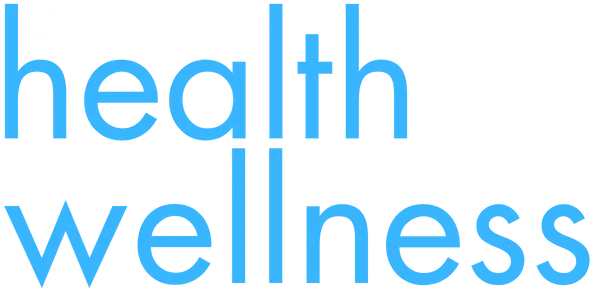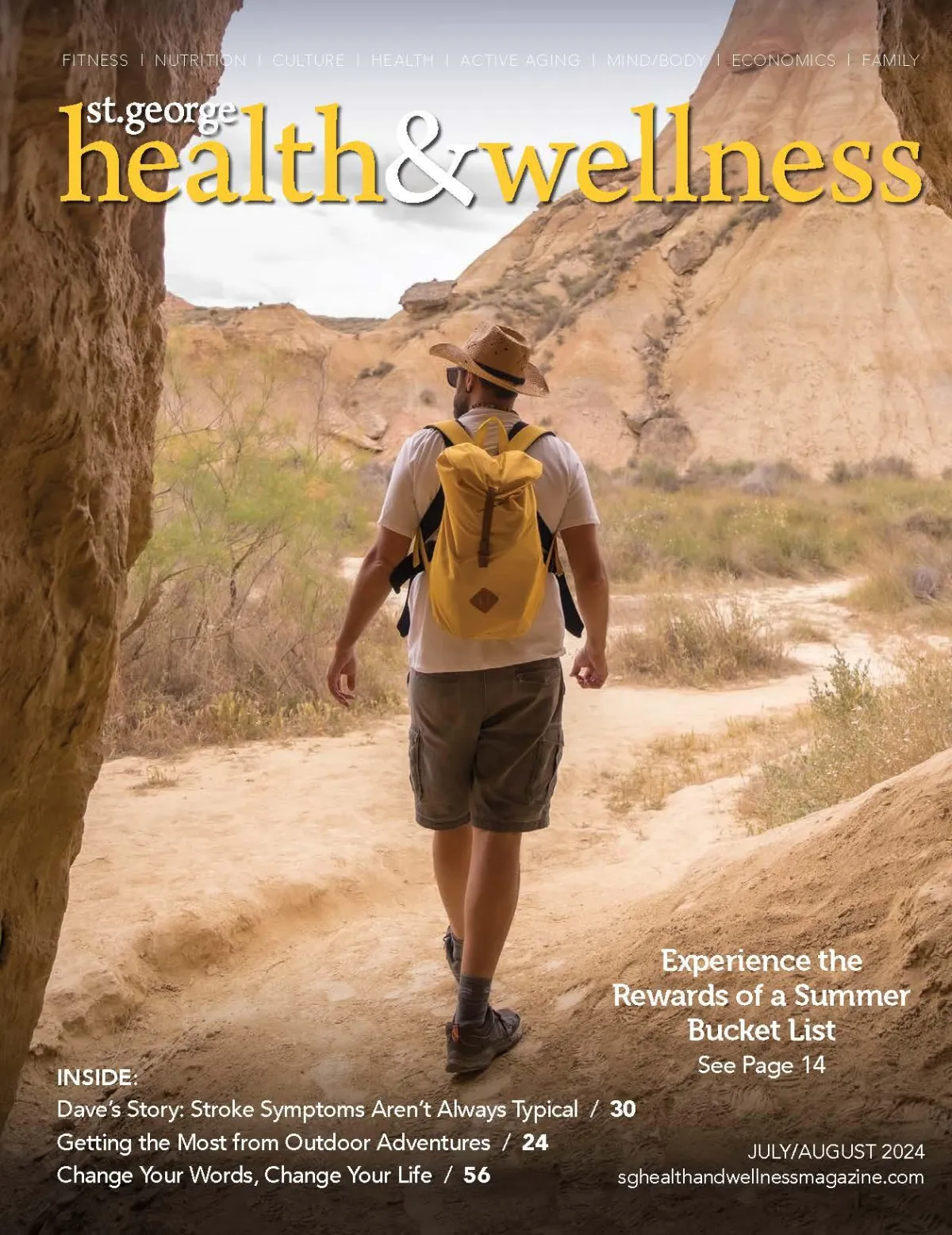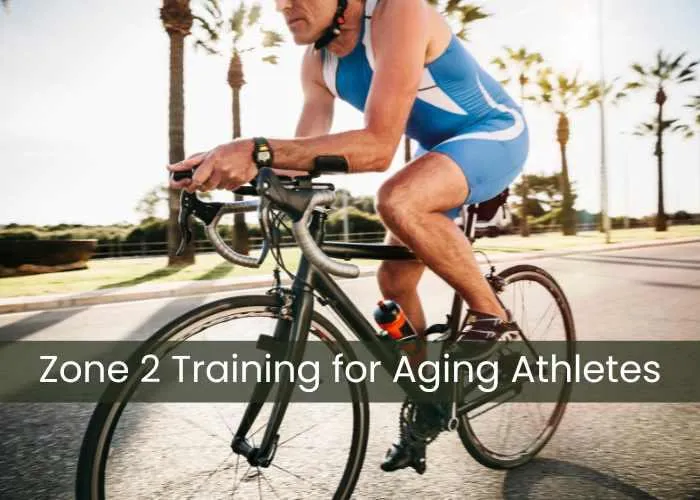

JULY & AUGUST 2024 ISSUE

Cover Story
Experience the Rewards of a Summer Bucket List
Community & Culture
Letter from the Editor
Mayor’s Message
Trailblazer Nation
Start on Your Path to a Stable Career
Navigating Real Estate in the Age of the Internet
The Health Benefits of Resort Living: Why Resort Residences Are the Ultimate Wellness Retreat
Utah Tech University Debuting the State’s Most Affordable Online Master of Healthcare Administration Program
Creative Wigs and Hair Replacement Now Celebrating Sixty Years of Service
It Takes Little to Be a Big
Carsen Cooper: Lessons I Learned at Boy’s Nation
Health & Fitness
Flex-Time: Trish Schlegel Is Ageless Bodybuilder
Walk Your Way to a Longer, Healthier Life
Getting the Most from Outdoor Adventures
Menopause and Obesity: a Real Phenomenon
Riding on the Wind
Dave’s Story: Stroke Symptoms Aren’t Always Typical
The American Apple
Ease the Ache: Arthritis Care and Advice from Vista Healthcare
Alternative Holistic Care for Horses
Preventive Dental Care Will Help You Live Your Best Life
Utah’s Swell: Utah Is Great, but It Is Also Home to the San Rafael Swell
Four Considerations for Effective Tax Planning in Retirement
A Look at Self-Guided In-Home Health Tests
Empower Yourself with Nutrition Know-How
Four Tips for Summer Water Safety

Mind & Body
Experience the Rewards of a Summer Bucket List
The Mental Health Benefits of Exercise for Older Adults
The Profound Relationship between Our Physical and Emotional Health
Nurtured by Nature: Interacting with Nature Benefits the Body and Mind
Change Your Words, Change Your Life
Set Your Sights Higher with a Vision Board
What Type of Ketamine Is Right for You?
Relationships & Family
Have You Lost That Loving Feeling?
Encounter on Santa Clara Boulevard
Who Am I? A Map to Self-Discovery
Make a Positive Impact by Planting a Tree

Current Articles

Active Recovery Versus Rest: What’s the Difference?
We’ve all heard the phrase “no pain, no gain,” but rest and recovery are essential for overall wellness and for maintaining and improving fitness levels. Just like a car needs regular tune-ups to function well, the body also requires time to recover, refuel, and repair.
Many believe recovery means complete rest, and while small amounts of zero activity are required, active recovery helps maintain fitness levels while allowing the body to recover from strenuous workouts. According to the Journal of the American Geriatrics Society, in a 2020 study of older adults in assisted living, those who were forced into bed rest experienced higher rates of sarcopenia (muscle mass and strength loss) than those who maintained an active daily routine. When the body is at rest, blood flow slows, heart rate decreases, muscles atrophy, and central nervous system activities decline. All these things are important for a higher quality of life as we age.
Active recovery includes low intensity movements like walking, stretching, and bodyweight exercises which increase blood flow to sore or strained muscles, helping them recover more quickly while also improving breath quality and reducing mental stress. While strength training aims to max out muscle contractions, and HIIT (high intensity interval training) workouts maximize heart rate, active recovery slightly elevates the heart rate, blood flow, and central nervous system activity, allowing nutrients to reach the muscles that need to be repaired and effectively removing waste, like lactic acid.
As an example, an active recovery session could include twenty minutes of yoga followed by twenty minutes of walking. It could also include foam rolling, stretching, and bodyweight squats, push-ups, and rows.
When foam rolling and stretching, focus on the quads, hamstrings, calves, and upper back. For an active recovery focused on bodyweight movements, try the following:
Air squats: ten total
Push-ups: ten total
Single leg Romanian deadlift: ten on each side
Resistance band single arm row: ten on each side
Lateral lunge: ten on each side
Focus on moving slowly and reaching maximum depth. If needed, use a TRX Suspension Trainer to make the movement less challenging. The intensity should not exceed a five on a scale of one to ten.
Dedicate thirty to forty minutes at least one day per week on active recovery, keeping the intensity low and focusing on quality movements and controlled breathing—inhaling through the nose and exhaling through the mouth at an even pace. This helps calm the nervous system and aids in ridding metabolic waste from muscles, leaving your body feeling refreshed. Regardless of your fitness level, whether you’re just starting out or a seasoned gym veteran, including active recovery in your routine will help you recover faster and maintain your fitness level for years to come.



